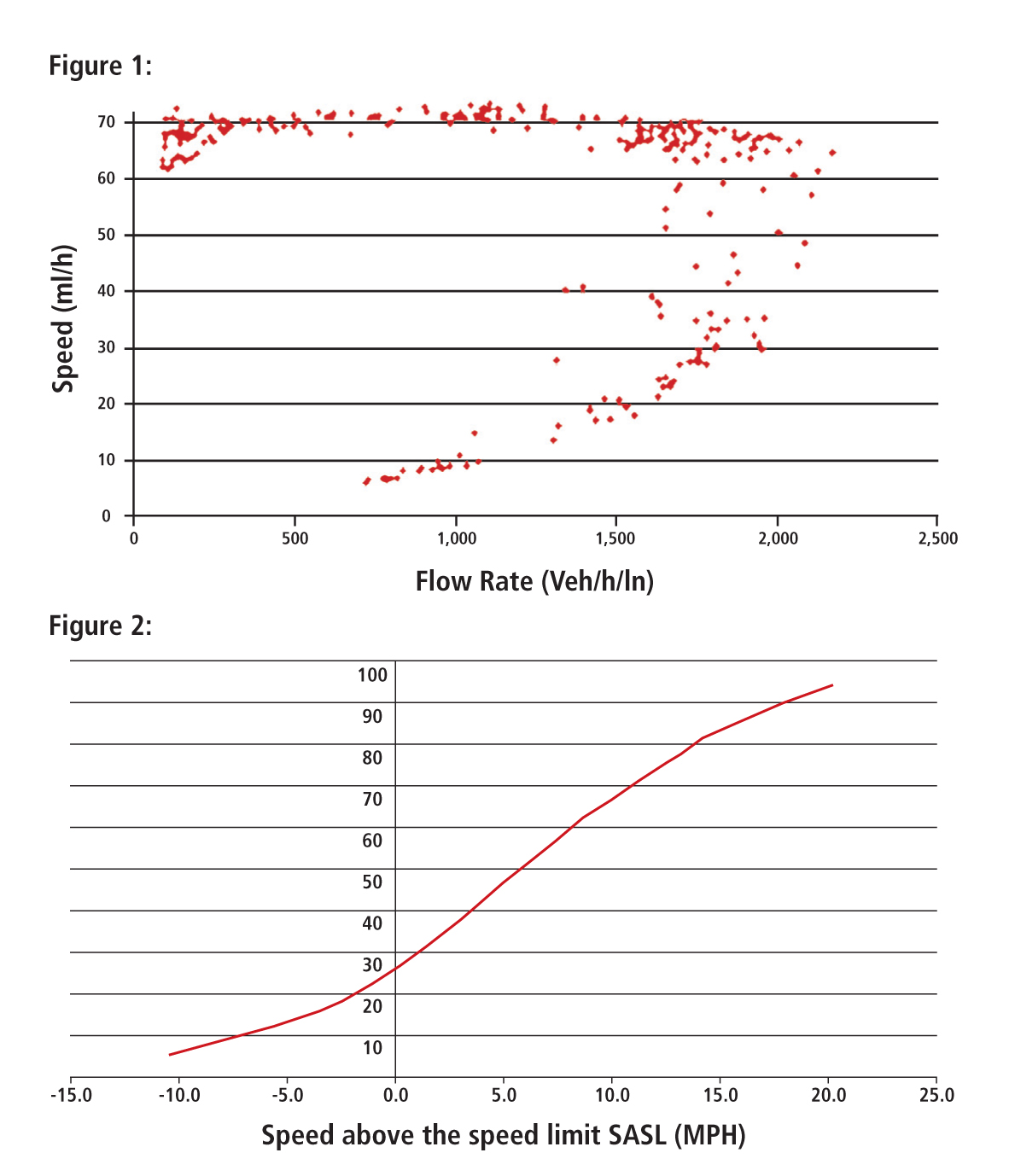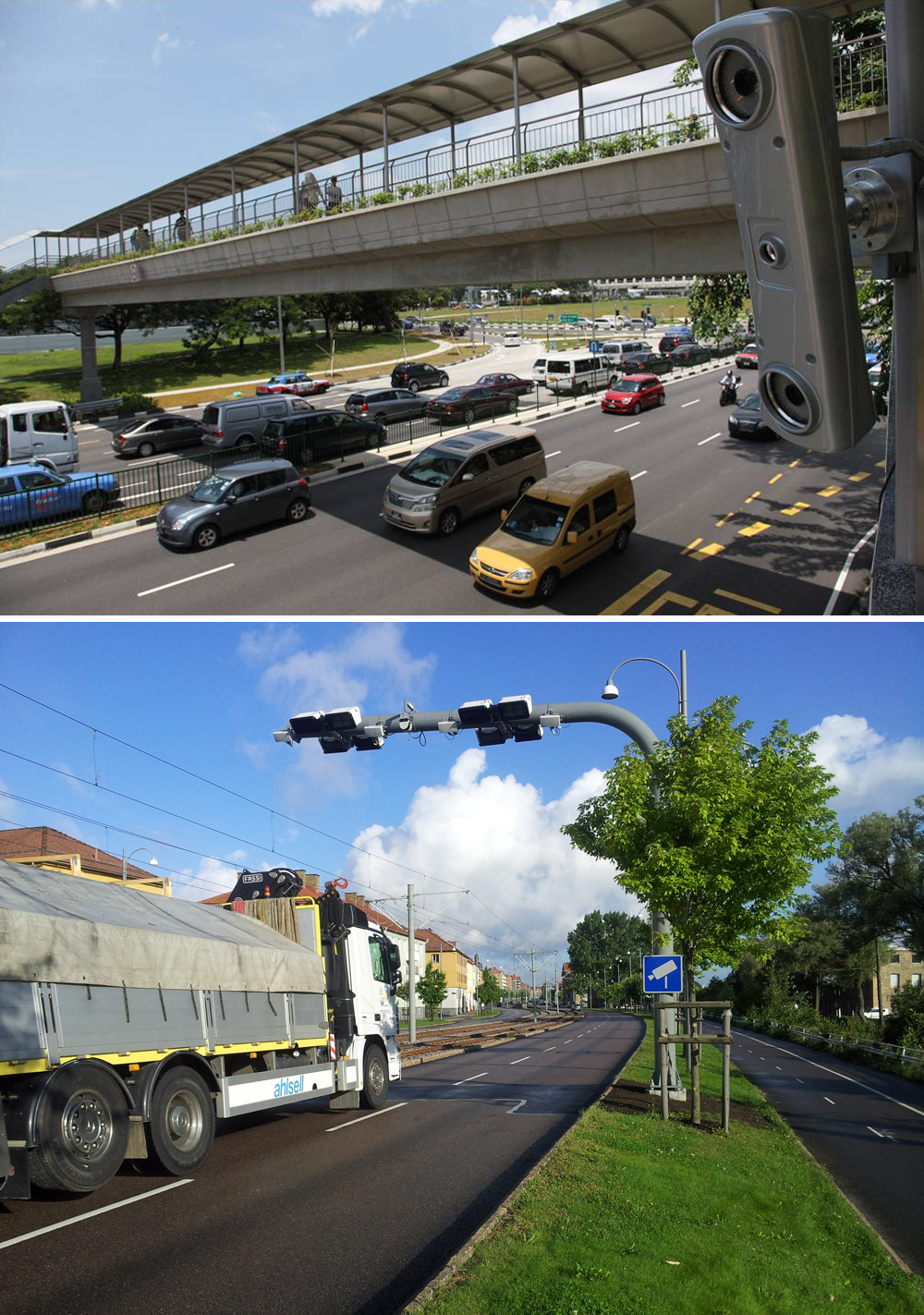
The German AKTIV project is researching several cooperative driving applications for use in work zones.
Some 1.87 billion kilometres are travelled on the country's roads annually. Current predictions expect an increase of more than 60 per cent in goods traffic and 20 per cent in car traffic by 2015, a huge challenge when one considers the already existing traffic problems. The current traffic infrastructure provides only limited capacity and the expansion of roads, let alone building of new ones, is a political and budgetary problem in most of the densely populated areas of Europe. The existing infrastructure has to cope with the increasing traffic volumes and is prone to increasing physical stress mainly due to increasing number of heavy vehicles travelling on them. Thus work zones will become even more common than today.
This is far from desirable since these cause some of the biggest bottlenecks on strategic roads and cause a significant number of congestion hours every year, not only impacting upon traffic conditions but also the environmental situation and exhaust gas emissions. Work zones are also highly safety critical; large numbers of accidents occur in and around them.
Coping cooperatively
Will the next construction zone cause specific problems? In the future, drivers will know beforehand whether a work zone will cause them specific problems. Dedicated information as well as active driver assistance will help to guide the driver and vehicle through tight situations.At high traffic volumes, any unexpected disturbance can spontaneously develop into a traffic bottleneck due to the abrupt reactions of some drivers. However, if drivers knew the distance to potential bottlenecks in advance and knew about the precise road curvature within these zones, they would be prepared and could pro-actively adapt their speed and separations, so preserving a smooth, stable traffic flow. The researchers in the Situation-Responsive Driving sub-project of AKTIV are developing technologies for dedicated traffic data transmission in order to provide precise information on the upcoming traffic state and hazards within the next kilometre or two, thus optimising driving and vehicle movements. To this end, real-time traffic flow data will be transmitted, together with speed limits, passing restrictions and precise road geometries.
The goal is to optimise traffic flow characteristics at a potential bottleneck, making the most of the available road capacity, improving safety in hazardous situations and avoiding or at least reducing congestion. Most of the accidents at construction sites occur at the entrance point where vehicles have to slow down and merge into a reduced number of lanes but there is also danger within the site itself if vehicles do not stay within their (mostly) narrowed lanes and cause spontaneous reactions on the part of other drivers. Lessons learned during the AKTIV project indicate the need to optimise and harmonise the traffic stream at the entrances of work zones and also employ measures to improve lane keeping, especially of heavy vehicles, within the zones.
In order to safely guide car and truck drivers within a continuous, dense traffic stream through tight passages, the project's engineers are developing lateral assistance systems for trucks as well as several innovative longitudinal assistants for passenger cars. Car drivers supported by longitudinal assistance will be able to optimally adapt their distances and speeds to the flow of traffic, particularly when entering or leaving work zones. The drivers will receive precise acoustic or optical messages about the upcoming section of road. At the same time, the system will make driving recommendations or automatically control following distances and speeds. The objective is to achieve and maintain an ideal traffic flow state: to attain this, equipped vehicles slow down gradually, but not abruptly, while approaching the narrowed section, pass through it without sharp braking or acceleration, and then accelerate as briskly as is safe upon leaving the zone.
The data relevant for longitudinal guidance are measured not only by leading vehicles travelling in the same direction, but also by vehicles approaching from the opposite direction. Whereas the leading vehicles moving in the same direction measure traffic data using their onboard sensors, a 'floating car observer' is being developed for measurements involving vehicles coming from the opposite direction. This scans the opposing lanes of traffic and is able to estimate a traffic density profile, including the beginnings and ends of jams. The advantage is that density profiles and jammed sections can be detected more effectively and transmitted much more rapidly by oncoming observers than by drivers moving in the same direction. All data are transmitted to a roadside unit located at the entrance to the construction zone. Acting as a local communication centre, the roadside unit forwards the traffic data to approaching vehicles.
Lateral assistance will also serve to improve traffic flow within narrow construction zone passages. It is designed to help trucks remain on an ideal trajectory within their lanes with a precision of centimetres, so that cars on a neighbouring lane will have enough space to overtake safely, and vehicles do not interfere with those using adjacent lanes. In order to determine the ideal trajectory for lane guidance, the system accesses the geometrical data of the work zone, which is transmitted by a roadside unit. In addition, a laser scanner monitors the distance to the road shoulder, barriers and lane markings. These data sources are also used by the automatic steering system. Figure 1 shows the overall concept.
The AKTIV Project
In today's business world, cooperation of specialised partners is a proven strategy for providing top performance since each individual partner can employ maximum efficiency by focusing on his specific field knowledge while minimising the demand on his resources. This concept is transferred to traffic management within major current research projects, one of which is the German project AKTIV.
AKTIV covers several core topics represented by subprojects, which are:
The 'Network Optimiser' is working on basis of the current traffic situation calculated in a centre, which will be interpreted and transferred into a package of information and traffic management and control measures.
The 'Virtual Traffic Guidance System' will play a key role within the roadside infrastructure systems. Traffic information will be displayed on message signs as well as being communicated directly into vehicles.The 'Cooperative Traffic Signal' will care for the control of traffic flow at traffic junctions. Existing traffic light systems will be integrated into the new communication concepts of Aktiv-VM applications.
'Adaptive Navigation' is developing cooperative infrastructure technologies for dynamic navigation and for driver information. In addition to Broadcast and UMTS, a direct bi-directional communication link to infrastructure-based applications will be established.
The 'Information Platform' will be the central node for strategy and traffic information. It will handle the preparation of data and information from different sources and the provision of application-specific information on different content levels.
Outlook
In the near future, cooperative concepts will be an integral part of innovative traffic management: onboard systems in the vehicle will exchange current, localised traffic data with traffic infrastructure and traffic centres.
Apart from the obvious advantages for holders of equipped vehicles, this support will also provide a benefit to all other road users by commonly creating positive effects. Preliminary simulation results show that the flow of traffic can be improved even if only 5 per cent of the vehicles are equipped with traffic-optimised longitudinal controllers. Already today, construction site operators are assessed on the basis of the negative impact their construction site has on the overall network performance. If combined with cooperative traffic management and strategy selection tools, the implementation of cooperative systems as an integral part of construction sites can contribute to operators gaining higher performance rankings, to more content drivers and to less adverse effects on the network's traffic status due to fewer and better-organised detours.
One obstacle concerning the implementation of cooperative systems is the high rollout costs for implementation of roadside hardware since large parts of the network need to be equipped to make drivers aware of the benefits of cooperative systems and, of course, to provide significant impacts on traffic. This obstacle is overcome if AKTIV's 'killer application' is realised, since construction sites are in any case enormously expensive and a slight cost increase caused by the costs of cooperative roadside units placed alongside the construction site is not a great burden to the overall financing of such a measure. Also, since the systems will, at least in the beginning, be focused on motorways due to the high speeds and traffic loads, citizens from all European countries will see and feel the benefit, helping build general acceptance and improving demand for equipped vehicles. Thirdly, avoiding major traffic problems at construction sites will benefit the overall traffic flow in the regional network, especially if combined with other measures devised in AKTIV such as network optimisation and adaptive navigation and the use cases supported by other, compatible cooperative approaches.
AKTIV's Road Construction Site Application should thus be part of an overall ITS concept to foster the implementation of cooperative systems. However, this concept must also consider a strategy management component which provides road users with suitable alternative routes. As these alternatives need to be assessed according to their suitability for trucks and cars at current traffic conditions in order to provide a real benefit and the routes need to be communicated to the drivers, cooperative systems form the ideal framework.
RSS












